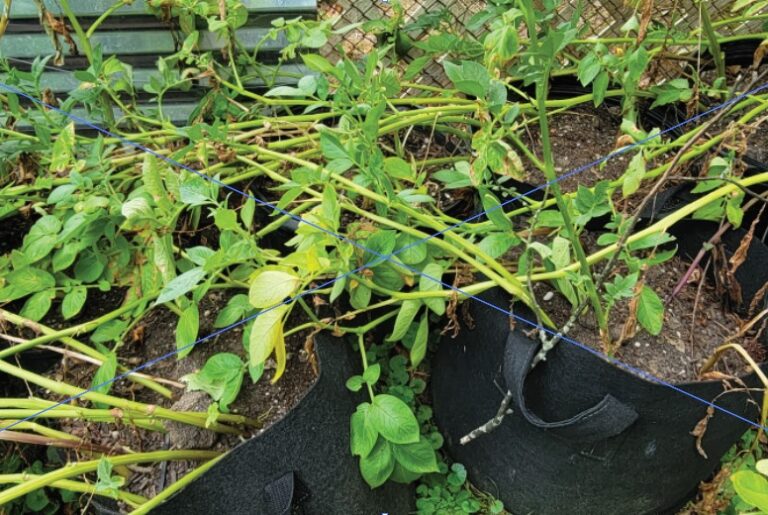Raised Garden Beds
Introduction
A raised garden or a raised garden bed, is a gardening method that involves planting in a garden bed that is elevated above the surrounding soil level. Raised gardens are becoming increasingly popular among gardeners because they offer many benefits over traditional gardens. Raised garden beds have become increasingly popular in recent years and for good reason. In this article, we’ll look at the benefits of raised garden beds and why you should use them for your next gardening project.
Advantages of Raised Garden Bed
- Better Control Over Soil Quality
One of the main advantages of this medium is that it allows you to have better control over the soil quality. When you plant in a traditional garden bed, the soil can become compacted over time, leading to poor drainage and reduced plant growth. In a raised garden, you can add soil amendments such as compost, peat moss, or vermiculite, to improve soil quality and promote healthy plant growth.
Raised gardens are also ideal for those with limited space or poor soil quality. If you have rocky or clay soil, a raised garden allows you to create a suitable growing environment for your plants without having to dig into the ground. They can also be constructed in areas with poor drainage or where the soil is contaminated, allowing you to grow vegetables and flowers where it may not have been possible before
2. Helpful in Physical Limitations/ Mobility Issues
Another advantage of a raised garden is that it allows for easier access and less strain on the back and knees. Since the garden bed is elevated, there is less need to bend over, making it easier to plant, weed, and harvest your crops. This is particularly beneficial for those with physical limitations or mobility issues these can be constructed using a variety of materials, such as wood, concrete blocks, or stone.
Wooden raised garden beds are popular because they are affordable, easy to construct, and can be customized to fit your specific needs. However, it’s important to use rot-resistant wood such as cedar or redwood to ensure the bed lasts for several years
3. Improved Drainage
These beds allow excess water to drain more quickly than traditional garden beds. This means that your plant’s roots won’t sit in water, preventing root rot and other water-related diseases. Raised garden beds also prevent soil compaction, which can limit root growth and stifle plant growth
4. Improved Pest Control
Plants in raised beds are elevated above the ground, which can deter some pests. Raised garden beds also make it easier to install protective barriers to keep insects and animals away from your plants, such as row covers or netting. Raised garden beds may also provide better pest control than standard garden beds. Raised garden beds are less accessible to pests such as slugs, snails, and ground-dwelling insects because they are elevated off the ground. Raised garden beds can also be covered with netting or other materials to keep pests out of the plants.
5. More Efficient Space Utilization
Raised garden beds can be made to fit any size or shape, including small yards or balconies. They also enable denser planting, which means you can grow more plants in less space. Vining plants such as cucumbers and tomatoes can be grown vertically with trellises and stakes
6. Increased Growing Season
These beds allow for better soil drainage and warm up faster in the spring, allowing for earlier planting. They also retain heat better than traditional garden beds, allowing the growing season to extend into the fall
7. Appealing Aesthetically
Finally, these beds can enhance the visual appeal of your yard or garden. You can create a raised bed that matches the style of your home by using a variety of materials such as wood, stone, or brick. Raised garden beds can also give a flat landscape depth and texture. They come in a variety of shapes and sizes, allowing you to select one that complements the design of your garden. Furthermore, raised garden beds can be made from a variety of materials, including wood, metal, and stone, allowing you to select one that complements the style of your garden.
8. Enhanced Yield
They can boost yield. Plants grow larger and produce more fruits and vegetables in raised garden beds because the soil is nutrient-rich and less compacted. These beds also allow you to plant crops closer together, which can help you maximize the space in your garden.
When constructing a raised garden, it’s essential to choose an appropriate location. The area should receive at least six hours of sunlight per day and be close to a water source. It’s also important to consider the size of the bed and the spacing between plants to ensure proper growth and airflow.
Conclusion
In conclusion, a raised garden is an excellent option for those looking to improve soil quality, save space, and reduce physical strain while gardening. With proper construction and maintenance, a raised garden can provide a bountiful harvest for many years to come.









